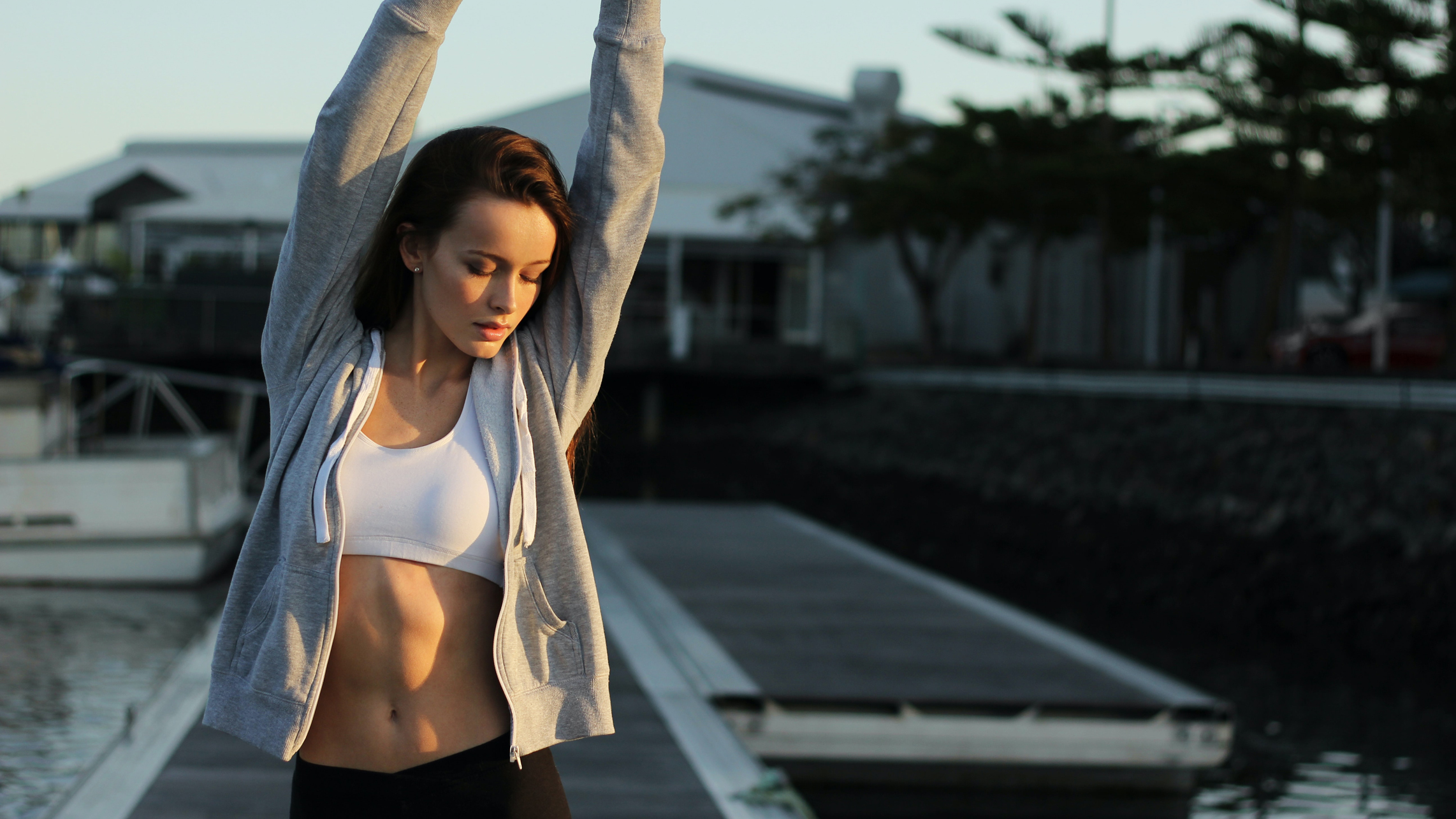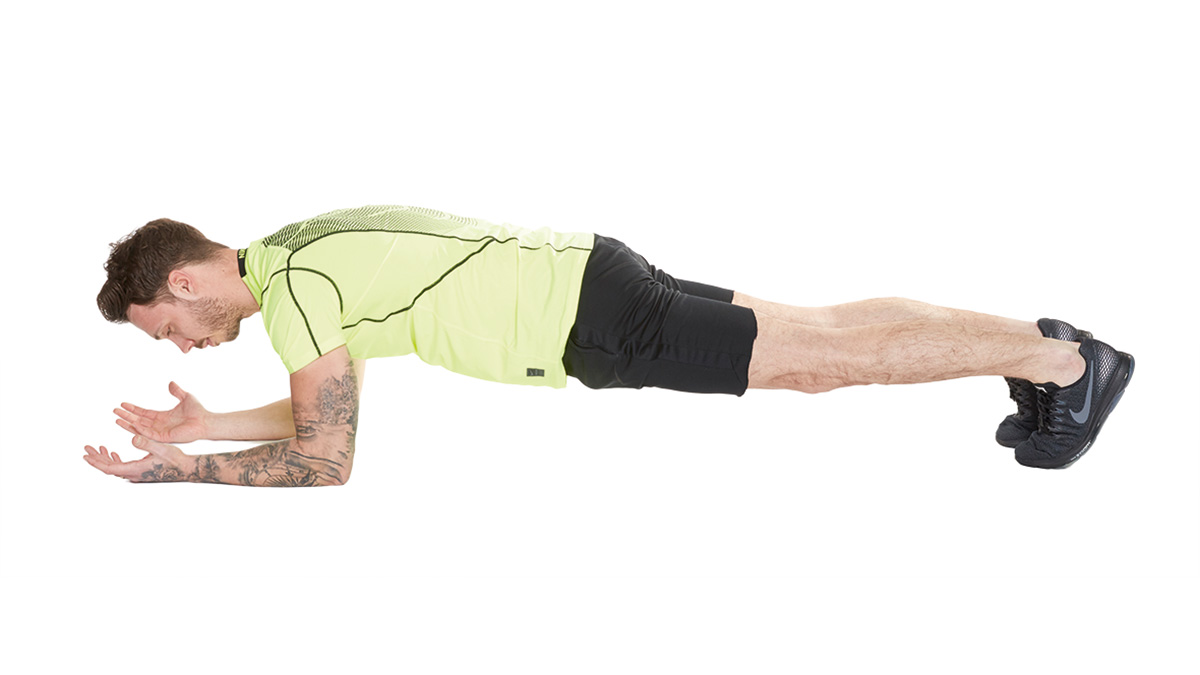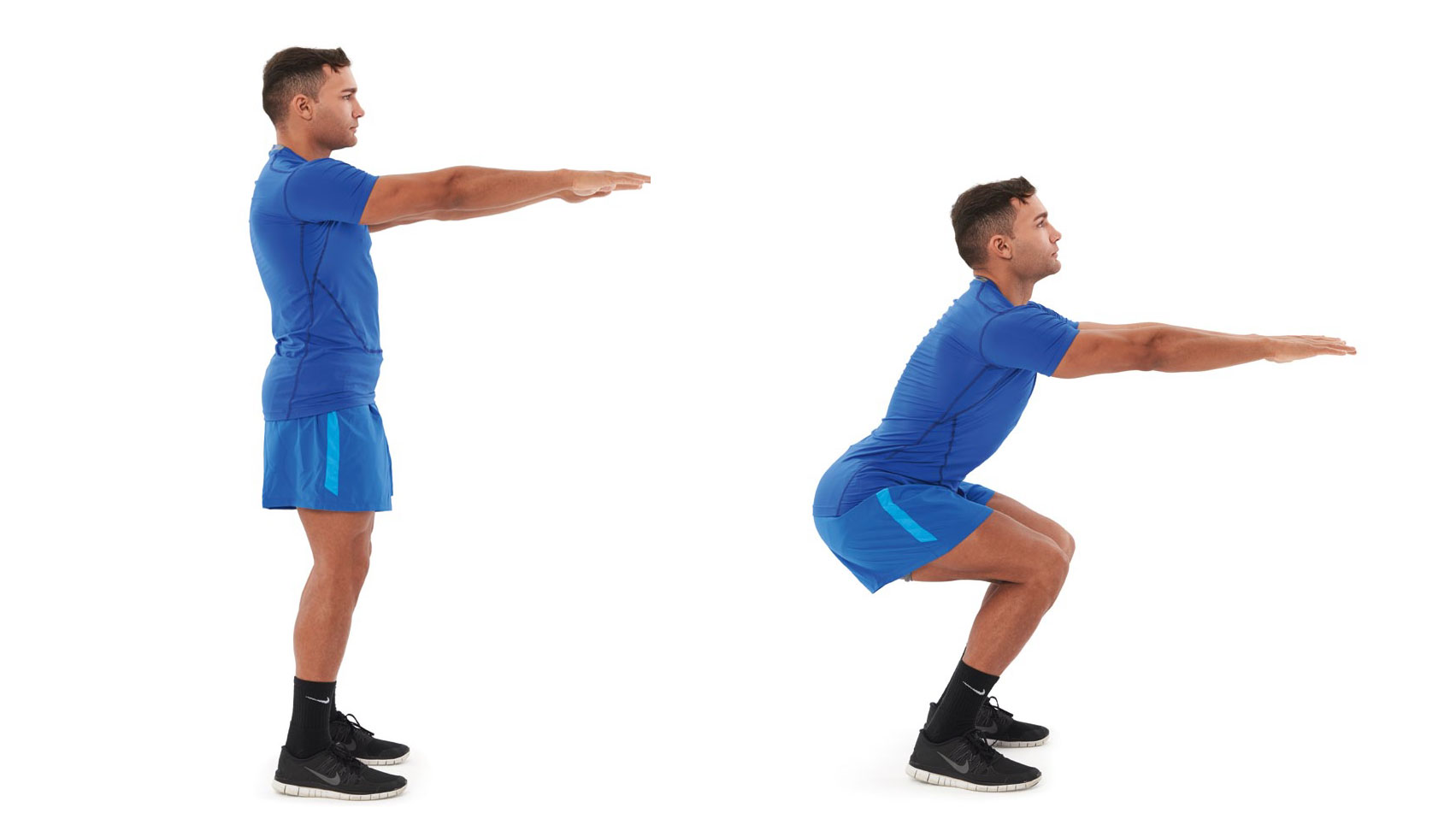Improving core strength helps your balance. Here are three exercises to try
Over 50? Building up core strength helps you balance in later life (as well as giving you enviable abs at any age)


Core strength is great for so many reasons. It helps us do things like stand up, sit down, run, ride a bike, reduce instances of back pain, and generally move better and be healthier. Also, if you're lucky enough to have low body fat as well as a strong core, visible abs look terrific.
Core strength can be developed in so many ways. You could take on some of our best workouts for abs, or do Russian twists with one of our best kettlebell entries. You might not want visible abs, and may never have had lower-back pain, but there's another small benefit to having a strong core; it helps you balance better.
Balance is a key skill that most of us ignore, until it's too late. Unless you take on a sport like dancing, skiing, yoga, or martial arts, you might not be concerned about whether you can balance on one leg or not. However, good balance, aided by a strong core, can assist us in our old age as our bones lose density and muscle begins to waste away. Balance (along with good grip strength) can prevent harmful falls, keeping us upright.
Core strength is crucial to this. Researchers from Arcadia University discovered older adults who did core training exercises had better balance than those who did not train their core, while another study published in the journal Frontiers in Aging Neuroscience found eight weeks of balance exercises improved "static and dynamic stability, as well as a number of aspects in the quality of life. Recently, they have also been found to improve cognitive functions such as memory and spatial cognition."

So how can you improve your balance? For one thing, practice makes perfect. Taking up a sport or hobby such as the ones listed above, especially if you're already over 50, could pay off in later life. Obviously not everyone can (or should) take up skiing, but even gentle yoga is a wonderful way to improve core strength and begin basic balancing practice. All you need is a small space and one of our best yoga mats to get started.
However, if yoga's not your bag (and it's not for everyone) we can suggest a trio of exercises to get started with, courtesy of Harvard University: the lunge, the squat and the plank. All three benefit your core, but lunges and squats also activate your posterior chain of muscles, reinforcing the legs you'll be balancing on. In particular, lunges offer a great example of exercising in an unstable posture, using lots of little muscles as you struggle to keep yourself upright.
Check out a breakdown of the three moves below, or take a look at our in-depth guides on how to lunge, how to squat and how to do a plank.
Start your week with achievable workout ideas, health tips and wellbeing advice in your inbox.
How to do a lunge

- Place your left leg forward, your right leg back and your hands behind your head as in the image above. Tense your core.
- Lower your body until your right shin is parallel to the floor.
- Tense your core and push yourself back up to the starting position. Step forward with the other leg and repeat the process. That’s one rep.
How to do a plank

- Lie on your front, resting on your elbows with your legs slightly apart.
- Engage your core and bring your body up as in the image above, so that you have a straight line between your head and your heels. Tense your core.
- After the right amount of time has passed (30 seconds is a good starting point) relax your core, lie back down and rest.
How to do a squat

- Stand with your feet roughly shoulder-width apart. Your arms should be held out in front at shoulder level.
- Slowly bend your knees and lower your body, pushing your hips back. Your weight should be on your heels and your thighs parallel to the floor.
- Pause before driving through your feet, returning to your standing position. Make sure you tense your core throughout.
Matt Evans is an experienced health and fitness journalist and is currently Fitness and Wellbeing Editor at TechRadar, covering all things exercise and nutrition on Fit&Well's tech-focused sister site. Matt originally discovered exercise through martial arts: he holds a black belt in Karate and remains a keen runner, gym-goer, and infrequent yogi. His top fitness tip? Stretch.
